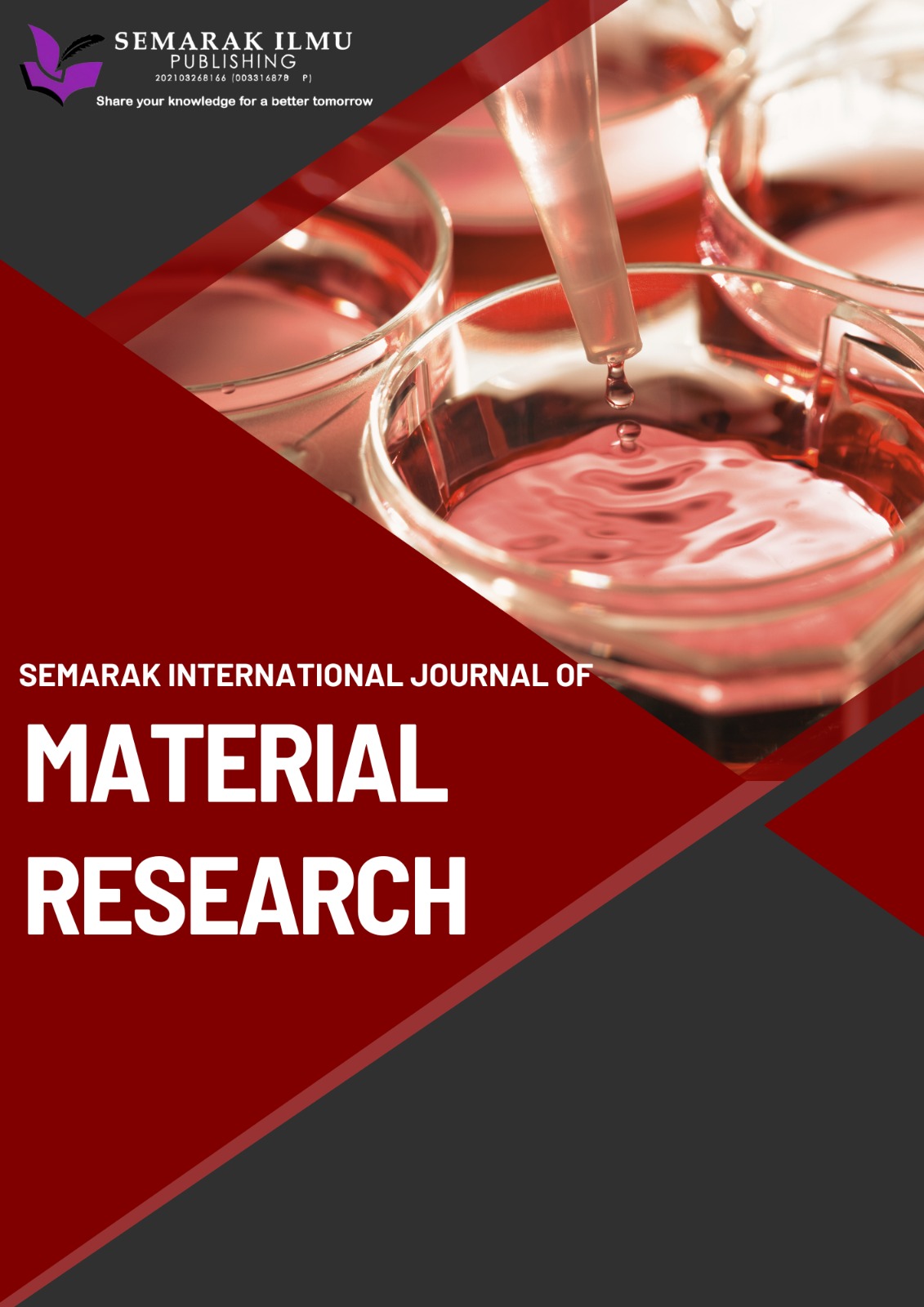Performance Autoclaved Aerated Concrete of Crushed Coconut Shell (AAC-CCS) for AAC Board Panels
DOI:
https://doi.org/10.37934/sijmr.2.1.5265Keywords:
Autoclaved aerated concrete (AAC), crushed coconut shell, agricultural waste, strength, fire resistance, lightweight panelAbstract
This study investigates the feasibility of incorporating crushed coconut shell (CCS) as a partial replacement for quartz sand in autoclaved aerated concrete (AAC). It highlights the dual benefits of reducing environmental waste and enhancing AAC's material properties, presenting a sustainable approach to construction. The integration of CCS into AAC aligns with global sustainability goals by addressing resource depletion, high energy demands, and environmental concerns linked to quartz sand extraction. Furthermore, this research emphasizes the potential of agricultural waste utilization, such as CCS, to promote eco-friendly construction practices, offering innovative solutions to meet the increasing demand for sustainable building materials. By replacing quartz sand with varying proportions of CCS (0%, 2.5%, 5%, 7.5%, 10%, 12.5%, and 15%), the research evaluates its effects on the mechanical, fire resistance, and surface properties of AAC. The findings reveal that a 2.5% CCS substitution demonstrated the highest compressive strength of 3.7 MPa, as well as improved Young’s modulus and modulus of rupture, while maintaining lightweight characteristics. Additionally, fire resistance tests revealed that 2.5% CCS achieved the highest fire resistance rate of 92%, indicating superior thermal insulation and heat diffusion properties. Surface analysis demonstrates minimal damage post-fire exposure for formulations below to 7.5% CCS. The findings demonstrate that CCS not only provides a viable replacement for traditional aggregates but also enhances the fire resistance and structural durability of AAC, particularly at optimal levels of substitution.













